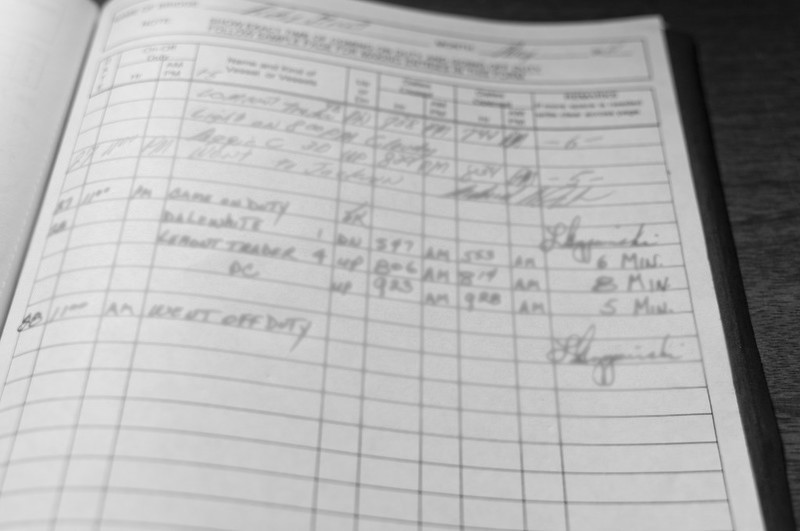Tip # 2: Keep track of what you do
Record what you’re doing at least at a weekly cadence - this will help remembering what you achieved and make it easier to write a self-review, and support communicating your results in many other ways.
Series navigation
- Tip # 1: Take the lead - February 9, 2023
- Tip # 2: Keep track of what you do - February 19, 2023
- Tip # 3: Highlight the best - March 11, 2023
- Tip # 4: Edits - April 1, 2023
Motivation
Performance evaluation usually happens over long periods of time, with yearly cadence seems to be the most popular choice. Writing a self-review for such a long period is quite challenging - I think everyone (except people with really good memory) would agree that it is hard to remember details of all the great stuff you were doing 6 months ago.
This is a well known problem, and often there are ways to leave a “paper trail” of your activity - e.g. tasks closed, pull requests sent, documents written, meetings attended, etc. They can help a lot, but:
- it would take a lot of time to sift through them
- completely misses things that happen “offline” (e.g. conversations, valuable learnings), or hard to detect (mentoring, changing course of projects, etc.)
Suggestion(s):
Essentially, it boils down to a simple idea - regularly spend some time recording what you worked on and achieved. This helps to achieve two outcomes:
- You can capture those “offline” and hard-to-detect things
- You can “refine” the meaning for things that are already tracked by other tools1
This could take many forms, but a few popular ones I saw are:
- Good old paper notebook.
- Running electronic document (i.e. MS Office or Google document/spreadsheet)
- Note-taking app (Notion, Evernote, OneNote, Google Keep, etc.)
The actual tool/mechanism is not important - what is important is to use it at a regular cadence. For the best results, the cadence should include two “schedules”: short-term (ideally daily, at most weekly) - to keep track of things as they happen, and mid-term (biweekly or monthly) - to aggregate the records. Without the second schedule, you’re setting yourself to sift through your daily/weekly notes, so it only solves part of the problem.
Extra tip: electronic means of keeping track have a few advantages over pen-and-paper: you can copy-paste from and to them, and include links/references to other relevant sources. Physical one is nice because you can draw some small diagrams/graphs right there, with a lot less overhead compared to electronic ones. Most of the dedicated note-taking apps support handwriting and can pick the best from both worlds.
Extra tip #2: for some occupations (e.g. plane pilot, ship captain, etc.), keeping such records - called logbooks - is required, so some inspiration can be taken from there.
For example, “refining” a long stack of commits/pull requests into concise “implemented feature X”. ↩︎
